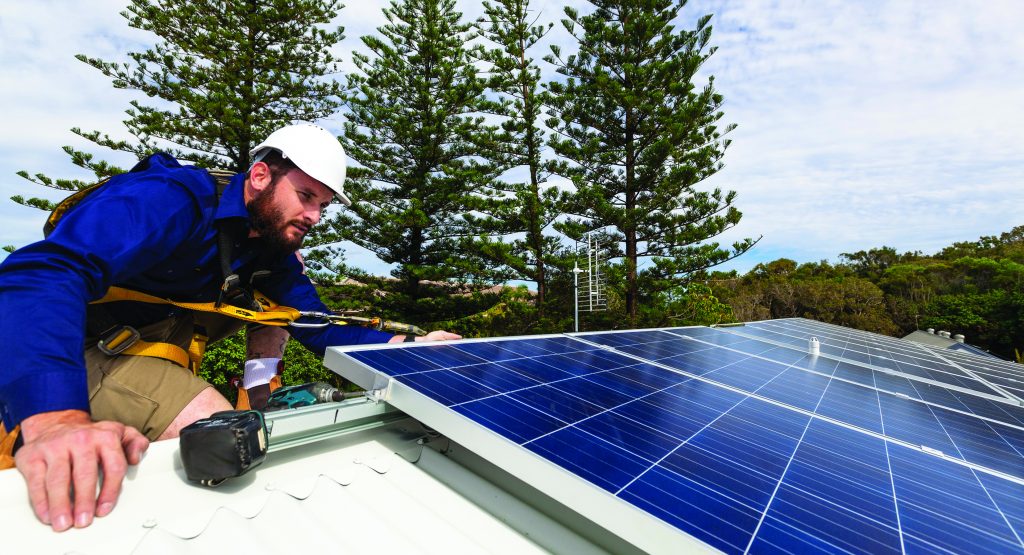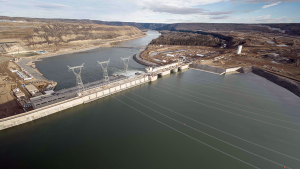How robust building standards and the latest technological know-how have combined to help B.C. roofs keep buildings dry and safe will be discussed in the Buildex session called Making the Invisible Visible for Roofs: Quality Assurance, Risk Mitigation and Innovation in Roof Construction.
Like most aspects of construction, potential roofing problems are best dealt with well before they present themselves, say the Feb. 14 session presenters Judy Slutsky and Jason Teetaert.
That’s because deficiencies in waterproofing can be difficult to detect until leaks, and sometimes even structural problems, start to appear. Fortunately, say the presenters, there are ways for building owners, operators and scientists to predict future damage and limit liability.
Being able to see what was once invisible in a building’s walls, roof and foundation has enabled the construction industry to develop safer, healthier and more sustainable buildings.
Their presentation will, say Slutsky and Teetaert, give visitors a better understanding of how innovative structural monitoring technologies and B.C. roofing standards work together to provide quality assurance, risk mitigation and innovation support to the roof construction industry.
The one-hour session will have two parts. Part One will be delivered by Slutsky, who is director of business development of the Roofing Contractors Association of BC (RCACBC). As the representative of the B.C. roofing industry standard, she will discuss studies of roofing projects in the province.
Attendees will be able to compare the performance of commercial roofs under the RoofStar Guarantee program with those that are not.
“The association has the most robust roofing standards in Canada,” said Slutsky. “Claims under the RoofStar Guarantee program are minimal.”
A RoofStar primer:
The RoofStar guarantee is the most comprehensive roofing and waterproofing guarantee in British Columbia.
Available exclusively through RCABC roofing contractor members, the RoofStar guarantee assures building owners that quality materials will be installed to specific standards by professional roofing contractors.
The guarantee means that roofing inspections will be undertaken by third-party inspection firms.
RoofStar is backed by both the contractor and the RCABC Guarantee Corp, which ensures a third-party guarantee.
The guarantee ensures that an RCABC contractor will always be available to fulfill the terms of the contract.
In addition, RCABC has a Plus5 Program that offers additional protection to RoofStar Guarantee customers if their guarantee period expires.
Under the Plus5 Program, qualifying building owners can purchase an additional five years of guarantee coverage, with all the normal features of the RoofStar guarantee.
In addition to the coverage, Plus5 customers will receive a credit that will be applied directly to ongoing regular preventive maintenance on the roof during the additional five years.
In Part Two, Teetaert, who is vice-president of business development for SMT Research Ltd. (SMT), will outline the social and economic benefits that innovative structure monitoring technologies bring to roof construction. Teetaert will use case studies of mission-critical buildings (a healthcare facility) and innovative structures (a mass timber building) to illustrate the application of innovative technologies to the structure of different types of buildings, before, during and after construction.
Teetaert will also discuss real-time data analysis and data visualization tools (virtual tour of UBC Tallwood House and the Skilled Trades and Technology Centre at Red River College in Winnipeg) that enable the construction industry to validate designs, materials and methods, so that it can produce more efficient and durable buildings.
SMT partnered with Red River College’s (RRC) Building Envelope and Technology Access Centre (BETAC) to monitor the structural health of the Skilled Trades and Technology Centre (STTC) as it was being built on the RRC Notre Dame campus in Winnipeg.
Structural health monitoring helps to ensure that new buildings are energy-efficient, durable and perform as expected.
BETAC and SMT installed a wide network of sensors throughout the building as it was under construction.
A total of seven different building envelope types were instrumented throughout the exterior building envelope, as well as the roof and green roof assemblies.
The effectiveness of the STTC’s building envelope, which helps protect its occupants from the extremes of Winnipeg’s climate, will continue to be monitored in real time.











Recent Comments